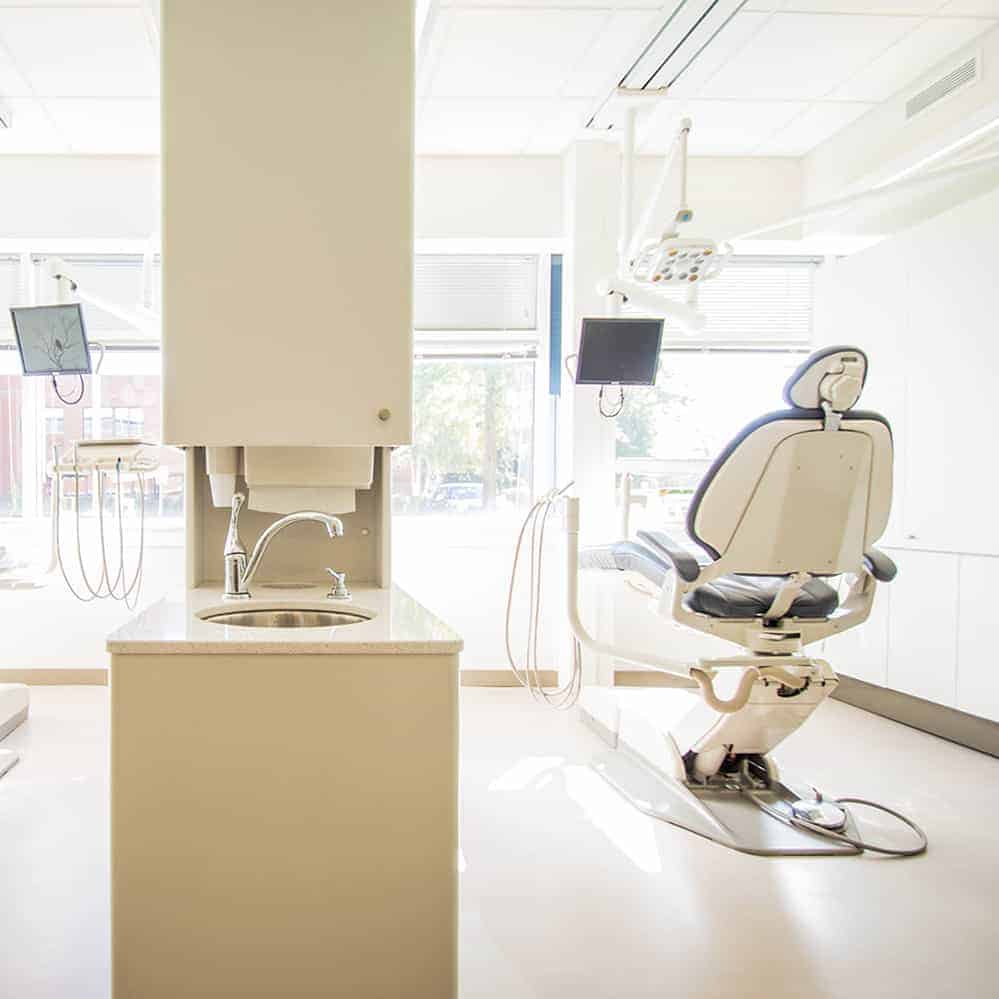For decades, the dental industry has looked essentially the same: the sole practitioner general dentist who owned his own practice, worked four days a week, and still made enough money to live and retire comfortably.
As the cost of care and living has increased over the last couple of decades, the dental industry has been forced to evaluate the structure in which it serves its patients. Group practices started to become more common in the face of these rising costs. Corporate dentistry and dental support organizations (DSOs) also started to grow in response to this need to control costs and increase profitability.
Most recently, as the Affordable Care Act increased the number of state Medicaid patients, DSOs have seen even more significant growth in the market. This is because dental support organizations can increase access and, generally, more affordably serve patients. In fact, the Association of Dental Service Organizations (ADSO) notes that fees are about 11 percent less in DSOs as compared to private dental practices.



